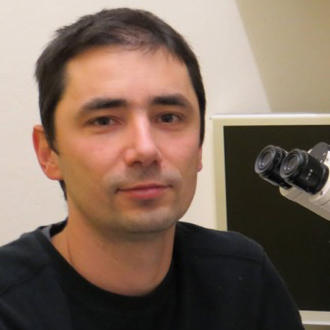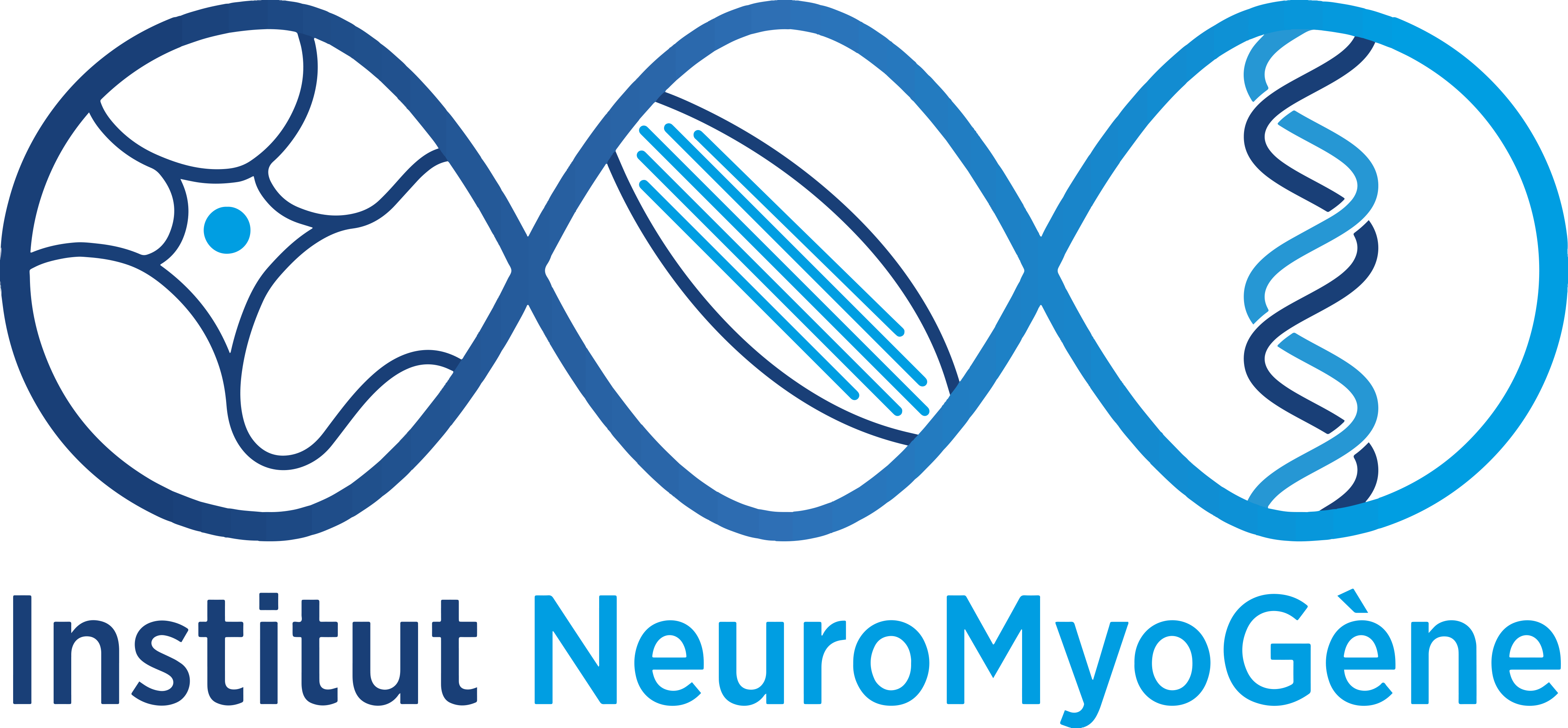Understanding how a dynamic regulation of cellular energy contributes to the development of neuronal circuits.
WWW.COURCHETLAB.EU

TEAM
- Julien COURCHET
INSERM RESEARCHER
- Elsa BEN SIMON
RESEARCH ASSISTANT, CNRS - Nicolas CHATRON
PHD STUDENT - Géraldine DILHET
RESEARCH ASSISTANT, UCBL
- Audrey GARCIA
PHD STUDENT - Evelyne GOILLOT
CNRS RESEARCHER
- Marine LANFRANCHI
PHD STUDENT - Gaëtan LESCA
ASSISTANT PROFESSOR - Julie MASSON
PHD STUDENT - Orianne OLIVARES
POST-DOC - Damien SANLAVILLE
PROFESSOR - Caroline SCHLUTH-BOLARD
ASSISTANT PROFESSOR - Tony YAMMINE
PHD STUDENT
 PROJECTS
PROJECTS
Our group focuses on some of the fundamental mechanisms underlying the development of neuronal circuits in the cerebral cortex. Neurons are among the most polarized cells in the organism. The axon typically exceeds the length of the cell body by several orders of magnitude. This extreme morphology raises many cellular challenges: in particular, the delay required to transport organelles and cargo from the soma to distant parts of the axon can reach several hours and is incompatible with the rapid adaptation of subcellular homeostasis. Thus, size constraints suggest that distinct regions of the axon behave as de facto isolated subcellular compartments, and that neurons have evolved strategies to ensure tight spatial and temporal control of critical cellular functions. Understanding the molecular connections between the local regulation of subcellular homeostasis and axon morphogenesis is therefore a critical challenge in cellular neurobiology.
To address this question, our research concentrates on the local regulation of the energy metabolism in the developing axon. Indeed, the rapid remodeling of the axon during local morphogenetic events such as axon elongation, branch formation and elimination and synapse consolidation has an important energetic toll. Our goal is to characterize some of the molecular and cellular mechanisms involved in the local regulation of the energy metabolism in the axon during the embryonic and postnatal development, and to understand the consequences of disrupting the energy metabolism of developing neurons on axon development and circuit formation in the mouse. Our research combines real-time measurement of metabolic activity in developing neurons and in vivo manipulation of gene expression to determine the role of signaling pathways on mitochondria function, cortical axon development and mouse behavior.
SELECTED PUBLICATIONS
- AMP-activated Protein Kinase mediates mitochondrial fission in response to energetic stress.
Toyama EQ, Herzig S, Courchet J, Lewis TL, Losón OC, Hellberg K, Young NP, Chen H, Polleux F, Chan DC, Shaw RJ Science (2016) 351(6270):275-81. Pubmed - Identification of neuronal SNAREs that mediate vesicular release of BDNF.
Shimojo M, Courchet J, Pieraut S, Sando R, Polleux F, Maximov A. Cell Reports (2015) 11(7):1056-66. - LKB1-NUAK1 kinase pathway regulates terminal axon branching through mitochondrial trafficking.
Courchet J, Lewis TL, Lee S, Courchet V, Liou DL, Aizawa S, Polleux F. Cell (2013) 153(7):1510-25. - The CAMKK2-AMPK kinase pathway mediates the synaptotoxic effects of Amyloid-beta oligomers through Tau phosphorylation on S262.
Mairet-Coello G, Courchet J, Pieraut S, Courchet V, Maximov A, Polleux F. Neuron (2013) 78(1):94-108. - AMP-activated protein kinase (AMPK) activity is not required for neuronal development but regulates axogenesis during metabolic stress.
Williams T, Courchet J, Viollet B, Brenman JE, Polleux F Proc Natl Acad Sci U S A (2011) 108(14):5849-54
FUNDING
- ERC Starting Grant 2015
- Fondation Recherche Médicale – Programme Amorçage Jeunes Equipes
- Philippe Foundation
- AFM Téléthon



Address
Institut NeuroMyoGène
UCBL – CNRS UMR 5310 – INSERM U1217
Faculté de Médecine et de Pharmacie – 3ème étage – Aile D
8 avenue Rockefeller
69008 Lyon
France

